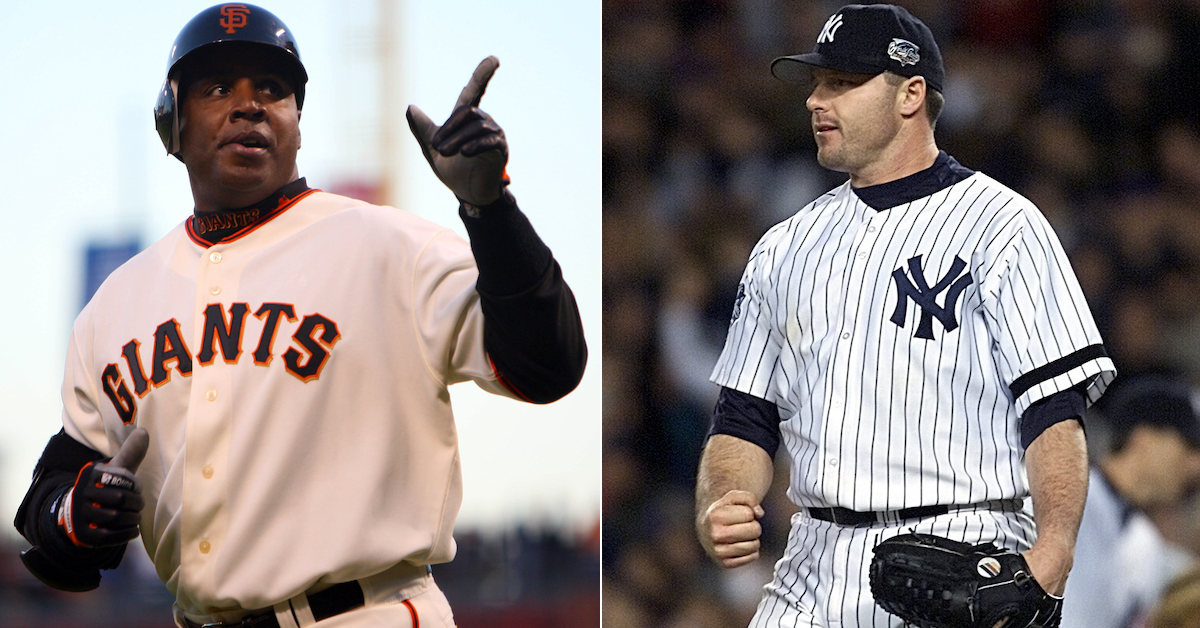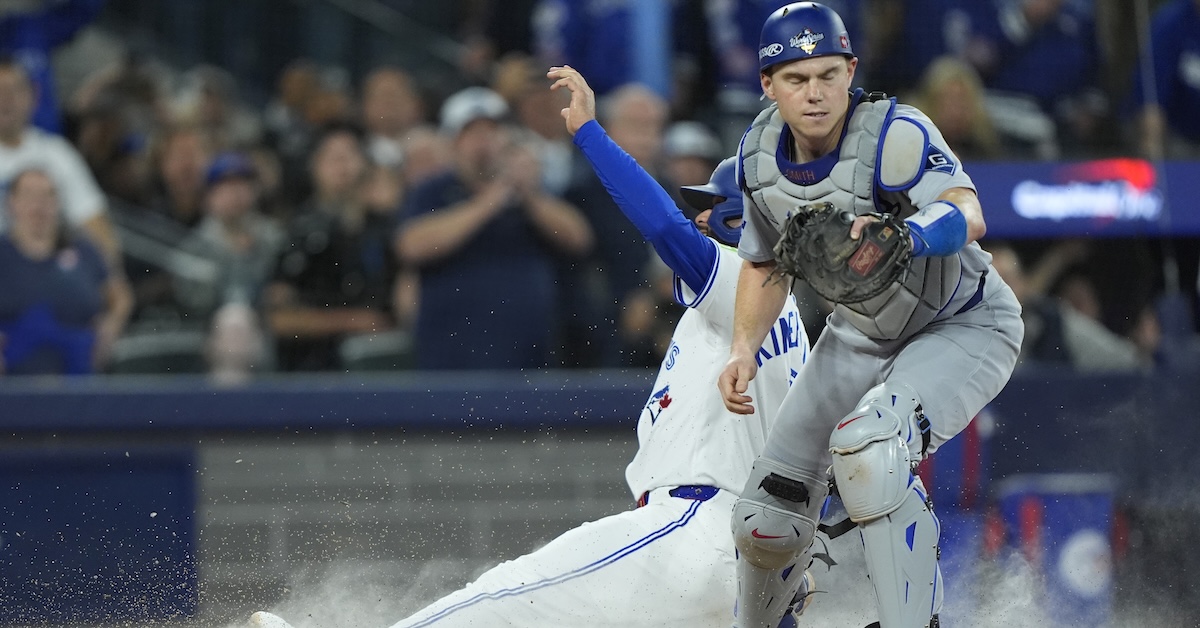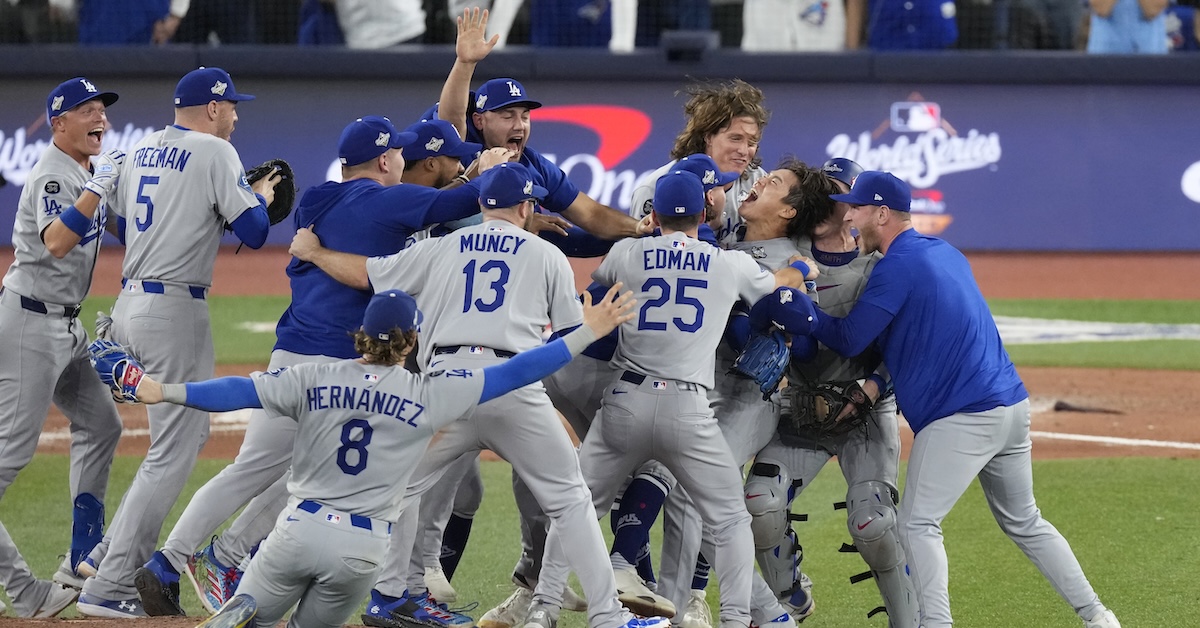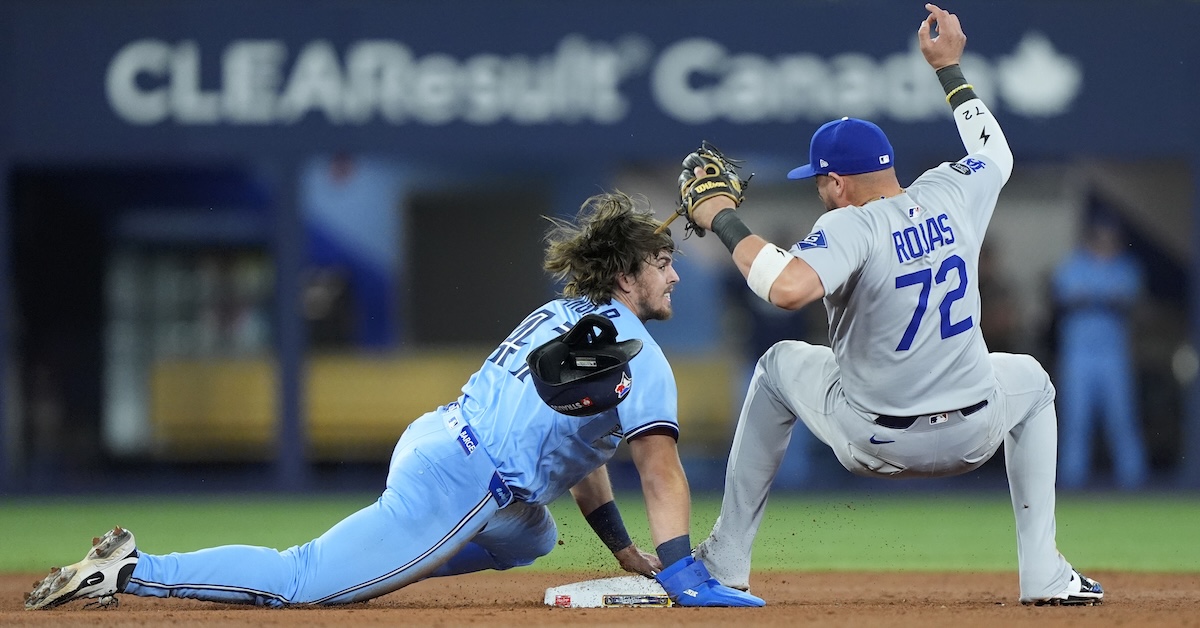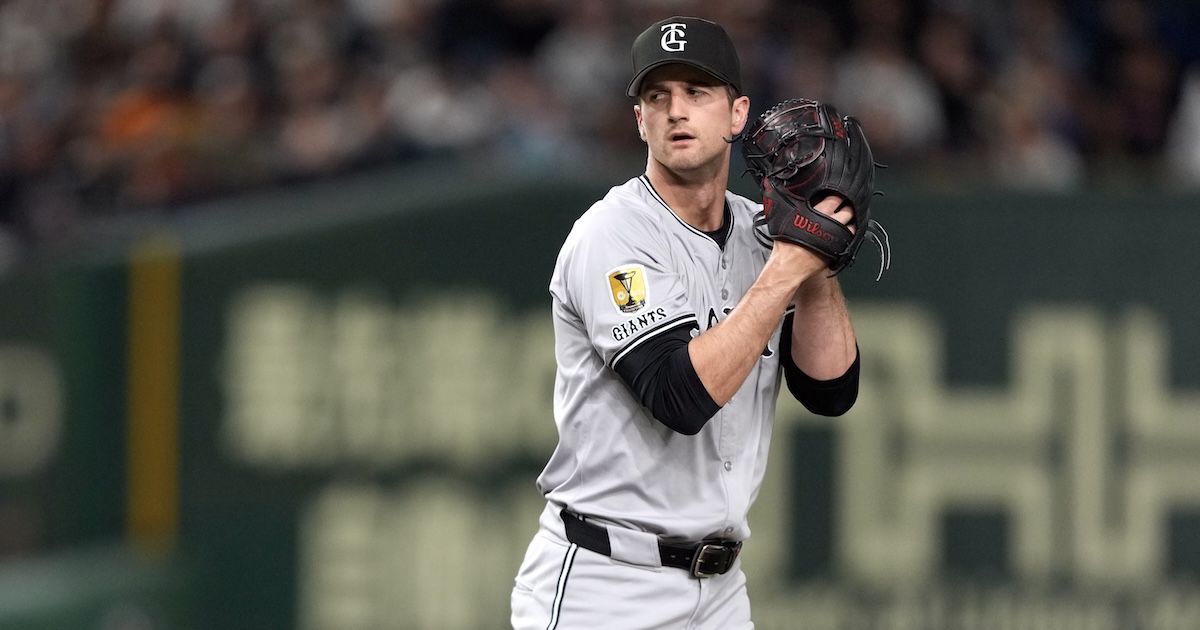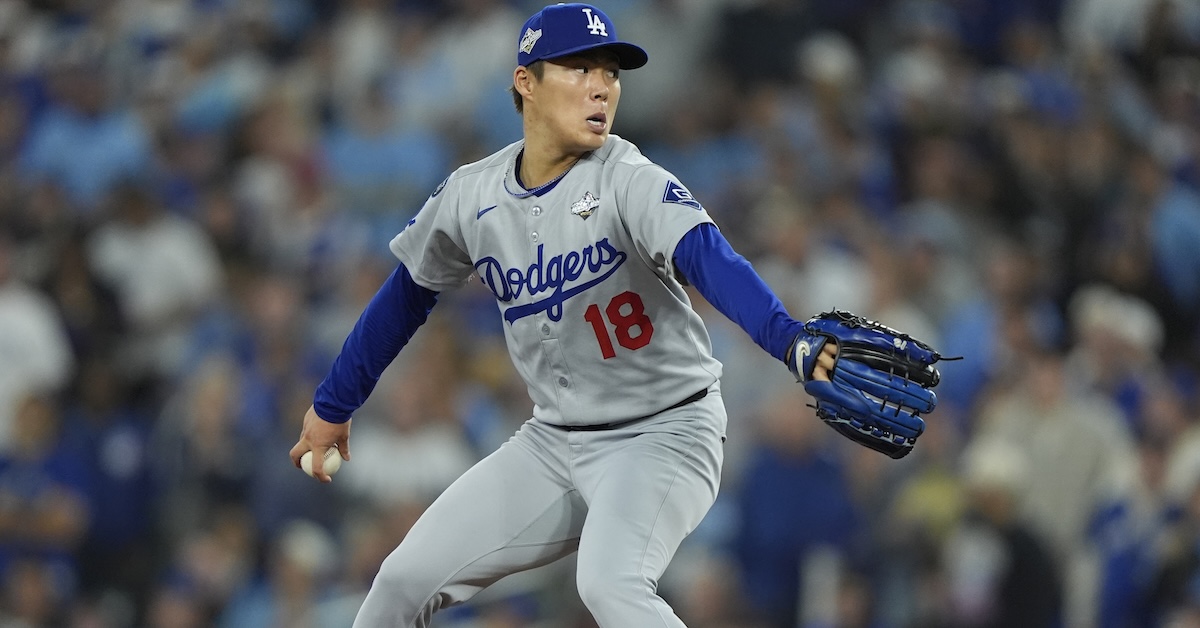Who Started It?
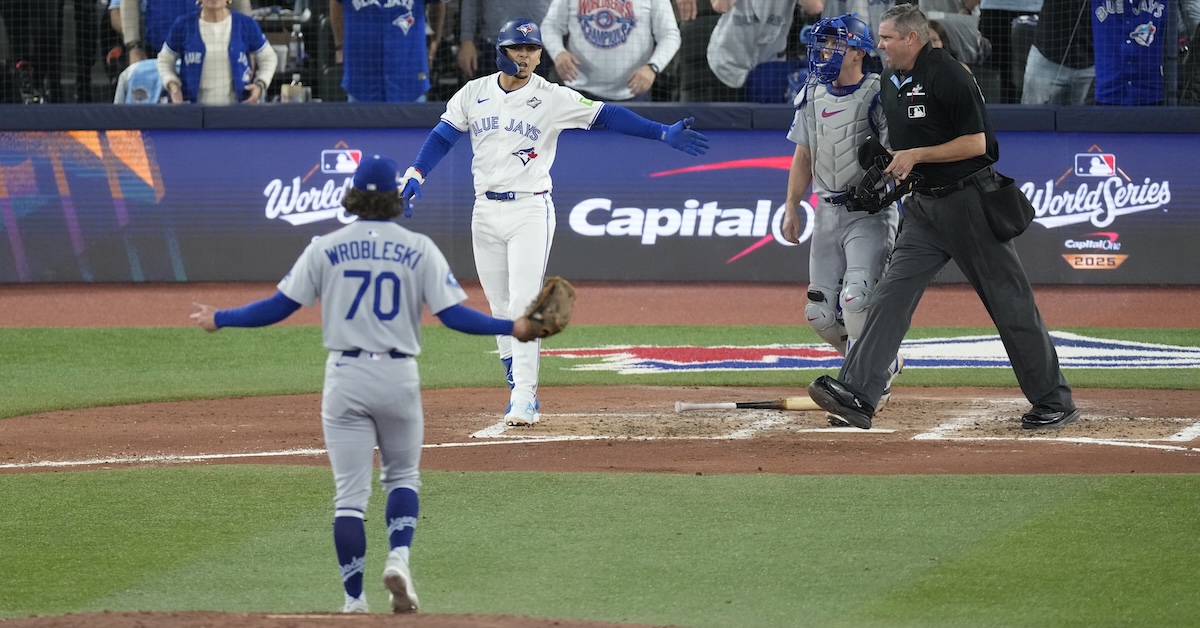
“I mean, we get that there’s extra time kind of baked in there when he’s either on the plate – when he’s either at the plate – JORDAN!”
That’s how it started. If you’ve ever wondered how a standard manager-umpire interaction goes down, well, now you know. It starts with the manager screaming the umpire’s name at the top of his lungs and waving an arm. In the bottom of the fourth inning, as John Schneider attempted to manage the Blue Jays to victory in Game 7 of the World Series while enduring an in-game interview, Justin Wrobleski started Andrés Giménez off with a fastball high and tight. It both looked and sounded like the ball might have clipped Giménez’s elbow, so midway through a measured critique of home plate umpire Jordan Baker for pausing the game while Shohei Ohtani switched from hitter mode to pitcher mode, Schneider signaled to Baker that he wanted to pause the game for a moment to check the video.
The video room told the Blue Jays not to challenge. The ball had missed Giménez. A ball and a strike later, Wrobleski lost control of yet another fastball, and Schneider once again asked Baker to pause the game. Visibly upset, the manager crossed his arms and stuck out his chin while he waited on word from the replay room. This pitch was more high than inside, and despite Giménez’s best efforts, it had once again missed him. He had tried the classic move of earning a hit-by-pitch by letting his elbow drift out over the plate in the process of turning back toward the catcher and (ostensibly) away from the pitch. Then, realizing that he’d still be a few inches shy of the ball, he just stuck his arm out artlessly. Well, it was only artless in the respect that he’d dispensed with subterfuge. The ball was slightly above his arm, so he tried to close the distance by raising first his shoulder, then his elbow, then his wrist, and finally his fingers. He was popping and locking, artfully, and when that didn’t get him high enough, he hopped a few inches into the air. Had he made contact with the ball that way, Baker would have been forced to keep him at the plate, just as James Hoye did when Aledmys Díaz leaned into an inside pitch in Game 1 of the 2022 World Series. Giménez looked into the dugout with a frown, and Schneider followed suit. Read the rest of this entry »
